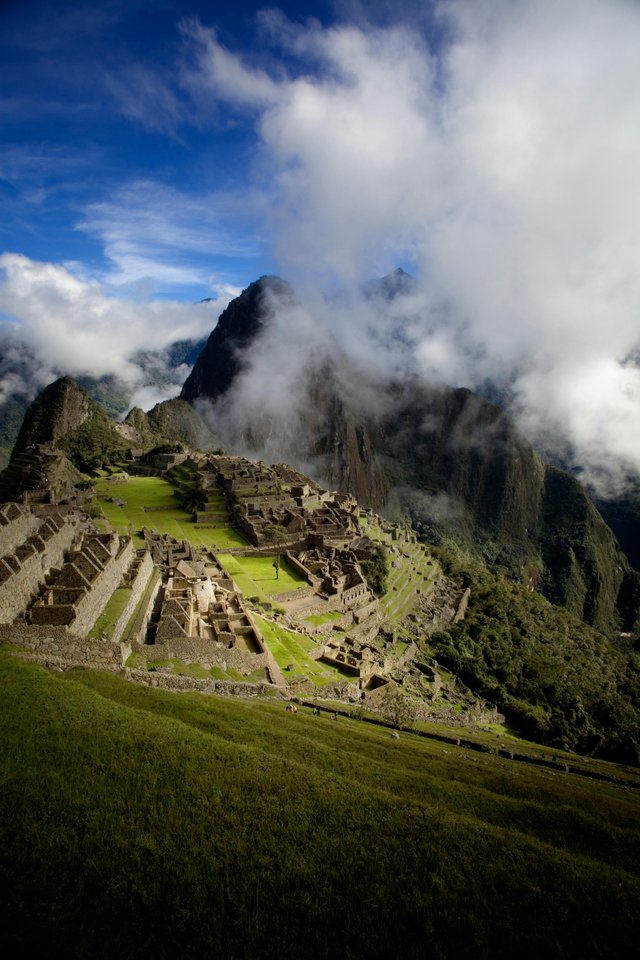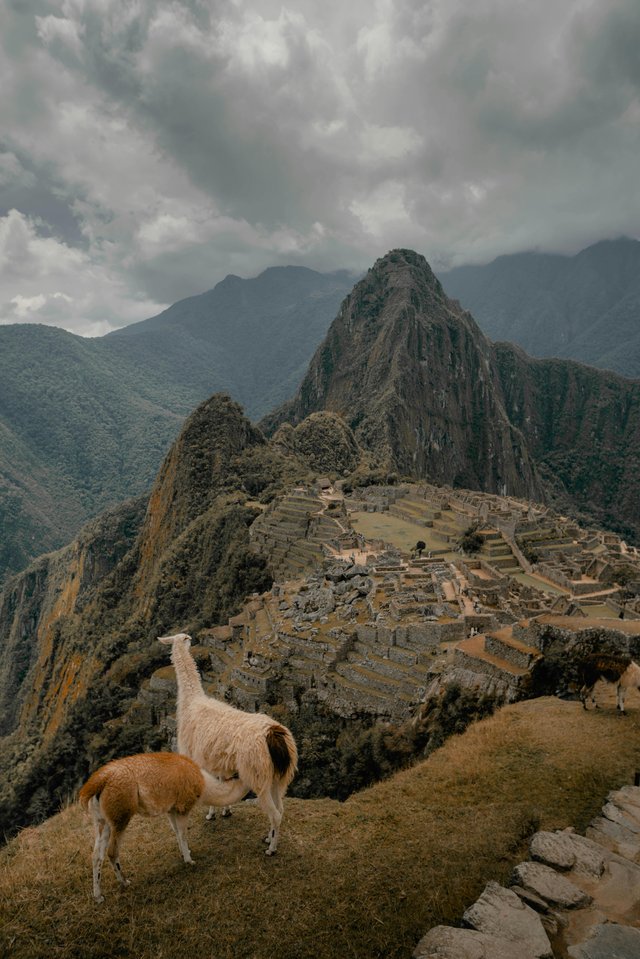
Introduction:
Nestled high in the Andes Mountains of Peru, Machu Picchu stands as an awe-inspiring testament to the architectural prowess and cultural significance of the ancient Inca civilization. This UNESCO World Heritage Site has captivated the world with its breathtaking beauty, mysterious origins, and the sense of wonder it evokes. In this article, we will delve into the rich history, significance, and allure of Machu Picchu, uncovering the secrets that make it one of the most iconic archaeological sites on the planet.
Historical Background:
Machu Picchu was built in the 15th century during the height of the Inca Empire, under the rule of Emperor Pachacuti. The exact purpose of the citadel remains a subject of scholarly debate, but it is widely believed to have served as a royal estate, religious site, or possibly a retreat for the elite. Its strategic location at an altitude of about 2,430 meters (7,970 feet) above sea level provided both a natural defense and a stunning panorama of the surrounding mountains.
Architecture and Engineering Marvel:
What sets Machu Picchu apart is its remarkable architectural design and engineering precision. The site is divided into two main areas: the agricultural sector, featuring terraced fields and storage structures, and the urban sector, where the impressive stone structures and temples are concentrated. The use of precisely cut stones, fitted together without the use of mortar, showcases the advanced construction techniques employed by the Inca builders.
The Intihuatana stone, a ritual stone associated with astronomy, is another highlight of Machu Picchu's architecture. Believed to have served as a sundial or an astronomical calendar, this sacred stone reflects the Inca's deep connection with the celestial bodies and their sophisticated understanding of astronomy.
Cultural Significance:
Machu Picchu's cultural importance extends beyond its architectural marvels. The site is believed to have held religious and spiritual significance for the Inca people, with its temples dedicated to various deities. The precise alignment of structures with celestial events, such as solstices and equinoxes, further emphasizes the Inca's reverence for nature and the cosmos.
Discovery and Rediscovery:
Despite its prominence in Inca history, Machu Picchu remained hidden from the outside world for centuries. It was only in 1911 that American historian and explorer Hiram Bingham stumbled upon the site during his search for the lost city of Vilcabamba. The overgrown vegetation that had concealed Machu Picchu for centuries was cleared away, unveiling the stunning citadel to the world.
Preservation Challenges:
Since its rediscovery, Machu Picchu has faced numerous challenges, including natural disasters, erosion, and the impact of tourism. Efforts to preserve the site led to its designation as a UNESCO World Heritage Site in 1983, and strict conservation measures have been implemented to protect the delicate structures and surroundings. Visitor numbers are now regulated, and initiatives to promote sustainable tourism aim to strike a balance between accessibility and preservation.
Tourist Experience:
For those fortunate enough to visit Machu Picchu, the experience is nothing short of magical. The journey to the site often involves hiking the famous Inca Trail, a challenging yet rewarding trek that unveils stunning landscapes and archaeological sites along the way. Alternatively, visitors can reach Machu Picchu by train and bus, with the final ascent providing breathtaking views of the surrounding mountains.
Conclusion:
Machu Picchu, with its enigmatic history, breathtaking architecture, and spiritual significance, continues to captivate the hearts and minds of people around the world. As a symbol of the ingenuity of the Inca civilization, it stands as a testament to human achievement and the enduring connection between culture and the natural world. The ongoing efforts to preserve and protect Machu Picchu ensure that future generations will have the opportunity to marvel at this extraordinary archaeological wonder.
